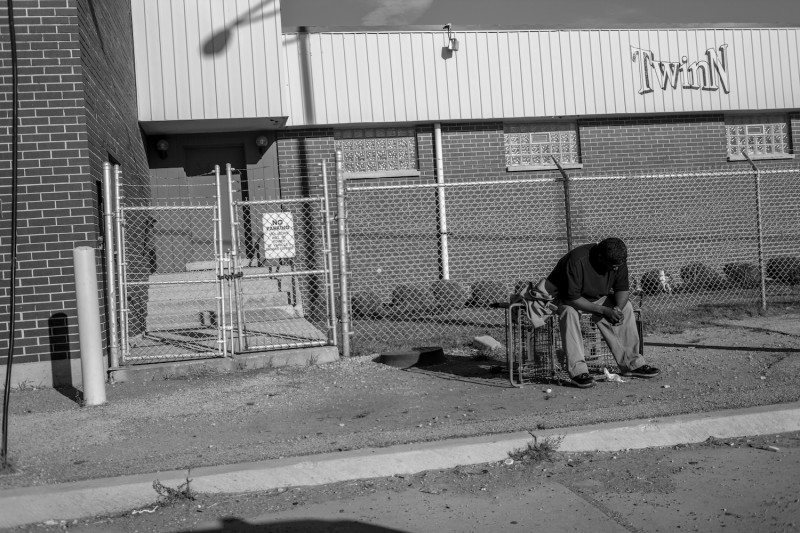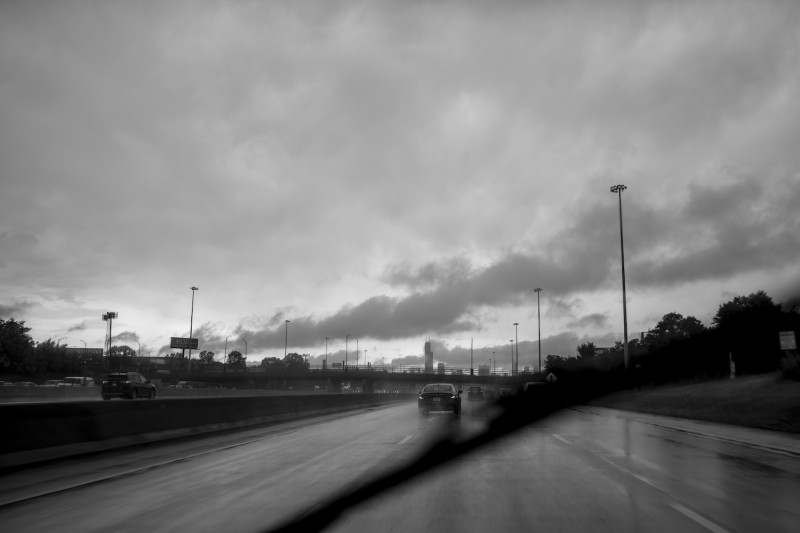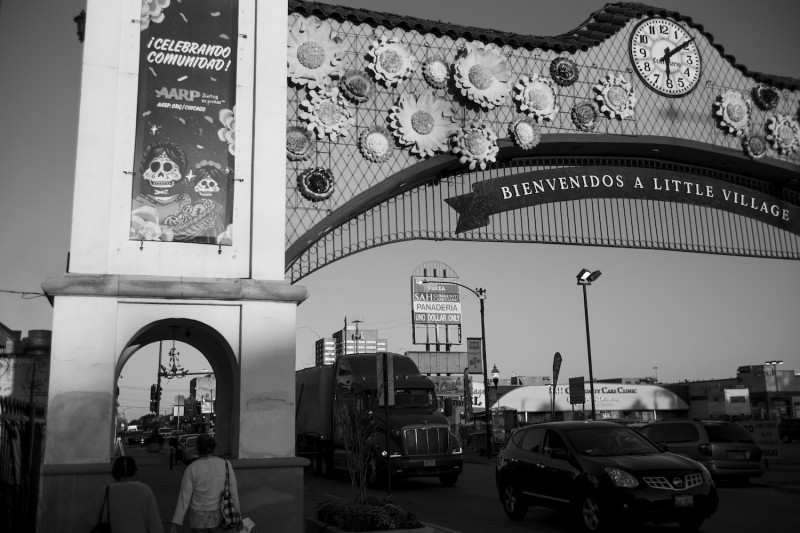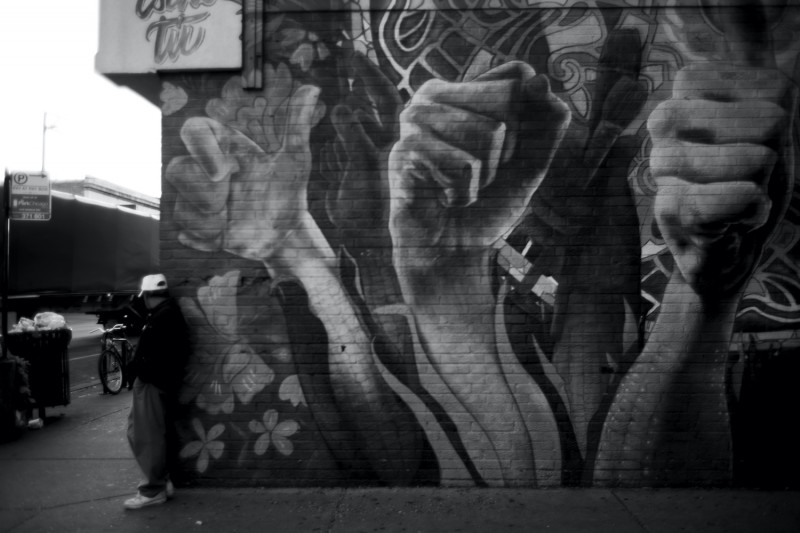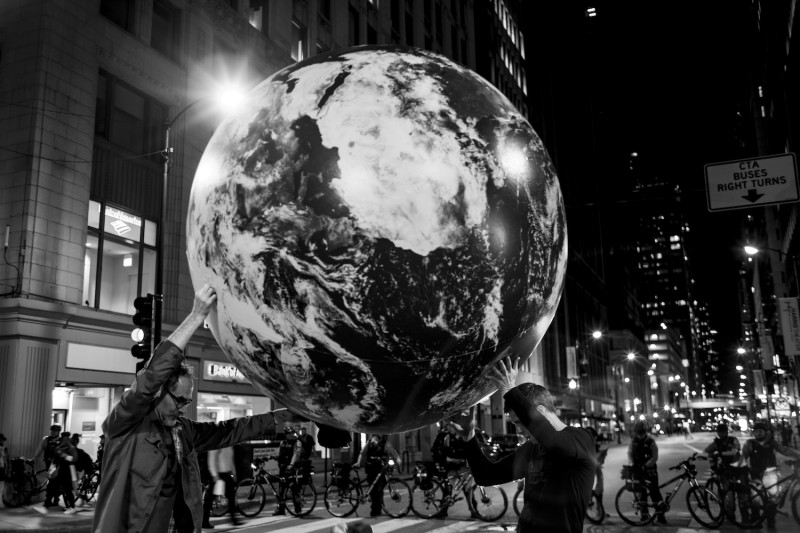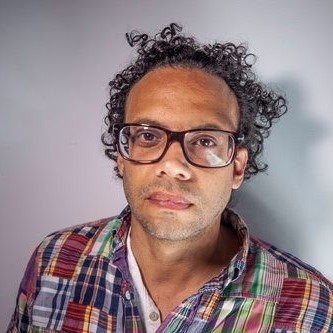Racism and pollution
Racism and pollution
Carlos Javier Ortiz
February 17, 2020

For this issue I was compelled to address the topic of race in a different way, and thought about neighborhood effects on people of color, who are the most vulnerable population when it comes to environmental injustice in urban America. Environmental racism begins in the barrios and neighborhoods where black and brown people live, go to school, work, and raise their families. In the third largest American city, Chicago’s black and brown people live in some of the most polluted neighborhoods, surrounded by superfund sites, toxic landscapes, illegal dumping and air pollution.
We often don’t correlate racism with polluted neighborhoods in American cities. That seems like something that happens on the other side of the world. But the reality of environmental racism has been rooted in America’s history, in which municipal zoning laws and restrictive policies, such as Jim Crow and redlining, have locked the poor into toxic neighborhoods — and today not much has changed.
To illustrate the landscape where environmental injustice takes place in contemporary Chicago, I spent most of my time driving in and around black and brown communities: neighborhoods on the South, East and West sides of the city, once populated by European immigrants considered to be the undesirables many years ago. I didn’t have to look hard for the structures polluting our neighborhoods; they tower over us, hiding in plain sight behind schoolyards, between ribbons of concrete highways.
The residents in these neighborhoods have injected their culture and labor to make the city what it is today. Chicago’s politicians need to step up and provide safe neighborhoods, living-wage jobs and excellent public schools with a clean and healthy environment for the people who hold the city on their shoulders.”
Text and all images: © Carlos Javier Ortiz
Equipment: Leica M10 with Summicron-M 35 f/2
Carlos Javier Ortiz+-
Carlos Javier is a director, cinematographer and documentary photographer who focuses on urban life, gun violence, racism, poverty and marginalized communities. In 2016, Carlos received a Guggenheim Fellowship for film/video. Over the past two decades his career has evolved from photography to working in film and video. Although he consider labels to be limiting, he sees himself as a filmmaker and visual artist. Working in the medium of visual arts and journalism, for him, means freedom of expression and offers him a voice. Historical and contemporary political events have impacted his practice and influence his approach to his work. More

